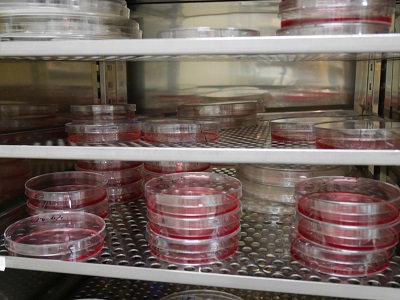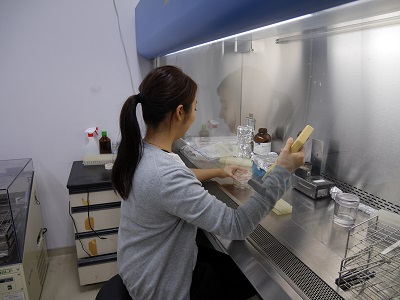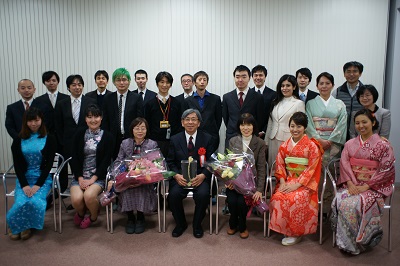"MOLECULAR MOTORS IN NEURONS"
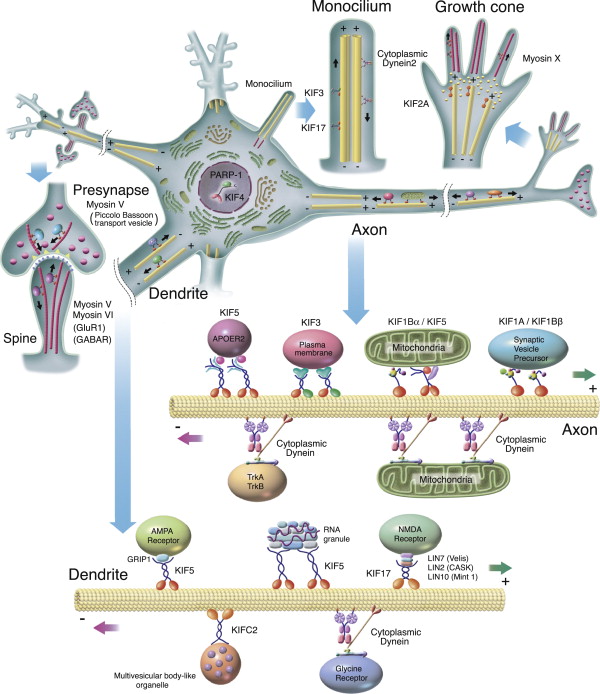
Transport Mechanisms and Roles in Brain Function, Development, and Disease
Neurons develop a highly polarized structure composed of dendrites and a long axon.
Motor neuron in the spinal cord have approximately 1 m long axon.
Because most of the proteins necessary for the axon and synaptic terminals are not synthesized in the axon: in stead, they must
be transported from cell body to their specific destinations as components of various kinds of membranous vesicles or protein complexes after synthesis.
Therefore, intracellular transport is fundamental for neuronal morphogenesis, function and survival.
In addition, this transport system is a common mechanism for all types of cells in life.
Molecular motors including kinesin, dynein and myosin superfamilies have been identified to transport various cargos.
We have identified that there are 45 KIF (kinesin superfamily protein) genes and they have been classified into 14 classes.
We have revealed that kinesins move along microtubules by the observations using rapid freeze fixation electron microscopy or video microscopy.
So far, we have researched intracellular transport (mainly about KIFs) using methods of cell biology, biophysics, structural biology and molecular genetics.
Furthermore, we generated transgenic mice overexpressing specific motor protein and knock-out mice.
Interestingly, experiments using these special mice have uncovered important and unexpected roles for kinesins
in the regulation of such physiological processes as higher brain function, tumor suppression and developmental patterning.
These findings open exciting new areas of kinesin research.
However, most of kinesin's roles and mechanisms are still unclear.
Hirokawa Lab hopes to elucidate all of 'the mystery of life' through researching molecular motors.
You can get information about KIFs; Selected Reviews, Complete List of all KIFs, Accession Number, Phylogenic Tree of all KIFs (PDF), Alignment of all KIFs.
��
��KIF Home Page��
SUB GROUPS
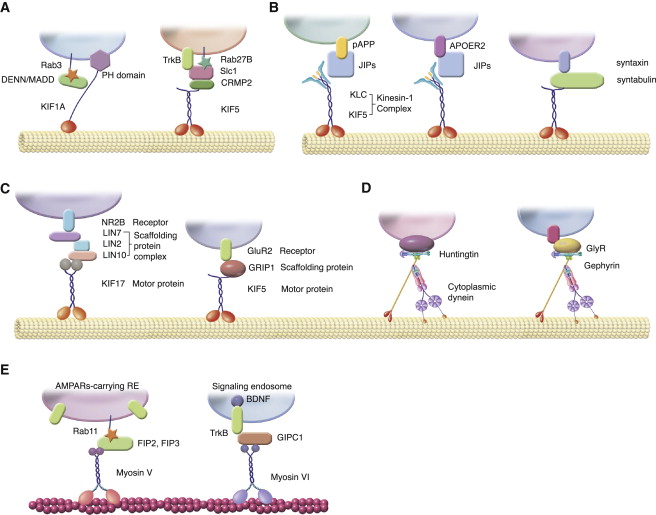
Cargo Binding/Releasing
Kinesin superfamily proteins (also known as KIFs) directionally transport various cargos.
The control mechanism by which different kinesins recognize and bind
to specific cargos, as well as how kinesins unload cargo and determine the direction of transport, have been identified!!
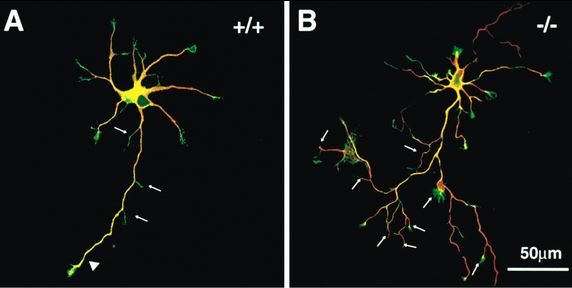
Cell Biology
We explore the mechanism of molecular motors by performing cell biological approaches in vivo. We can analyze culture neurons by a variety of imaging systems such as high-resolution confocal microscopy, spinning disk microscopy, and super-resolution imaging by PALM. Recently, we elucidated that the specific kinesin regulates microtubule dynamics at the growth cone edge!!

Structure
We can analyze molecular structures of kinesins by performing biophysics, cryo-electron microscopy and X-ray crystallography.
We can solve the conformational changes of KIFs and microtubules during active reactions.
High resolution crystal structures of KIFs explain an atomic mechanism of transport!!

Mouse / Behavior
We can generate transgenic mice overexpressing specific motor proteins or knock-out mice absent of it. And we can observe the behavior of the mutant mice through a series of behavioral experiments at a living individual level. They reveal roles for molecular motors in the regulation of physiological processes!! Further we can study the pathogenesis of these mice and the relationship with human diseases using all kinds of molecular cell biological approaches and electrophysiology.
Useful links
- Graduate School of Medicine and Faculty of Medicine, The University of Tokyo
-
JT Biohistory Research Hall
�@Scientist Library Nobutaka Hirokawa (in Japanese) - The Youtube Video; when Prof.Hirokawa won Charles University honorary doctorate from Charles University in Prague. (His speech starts from around 40:00.)
- About treatment of human genome in Hirokawa Laboratory.(in Japanese)
